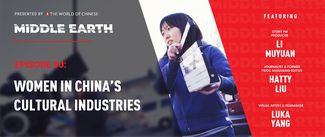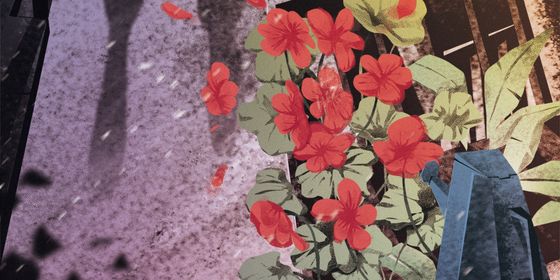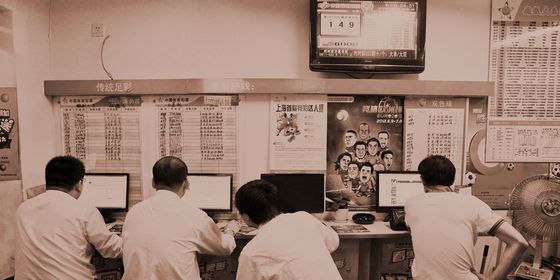The “Lin Lan Fairy Tales” was a huge project, collecting folklore for children from all across China. So why has no-one heard of it?
“I think every post-80s kid [in China] grew up with Grimms’ Fairy Tales,” Chen Qingqing, a 36-year-old graphic designer and mother of two from Tianjin, tells TWOC.
This is a strange contradiction: China has perhaps the richest trove of historical legends, mythological stories, and tales of the strange and fantastical of any culture, yet it is collections of 19th century German fairy tales that top best-seller lists on major Chinese e-commerce platforms. The most popular translation of Grimms’ Fairy Tales, by German Studies scholar Yang Wuneng in 1992, has been reprinted at least 20 times and sold millions of copies, according to a 2013 paper in the translation journal Babel.
The relative failure of Chinese fairy tales to gain widespread popularity is not due to lack of content: From 1984 to 2009, the Ministry of Culture collated 30 volumes of traditional Chinese folktales, amounting to many thousands of stories, for its Chinese Folktales Collection. Further evidence of the untapped well of China’s homegrown traditional canon is provided in the Princeton University Press’s newly published The Dragon Daughter and Other Lin Lan Fairy Tales, an eminently readable collection of 42 fairy tales, most of them translated into English for the first time.














